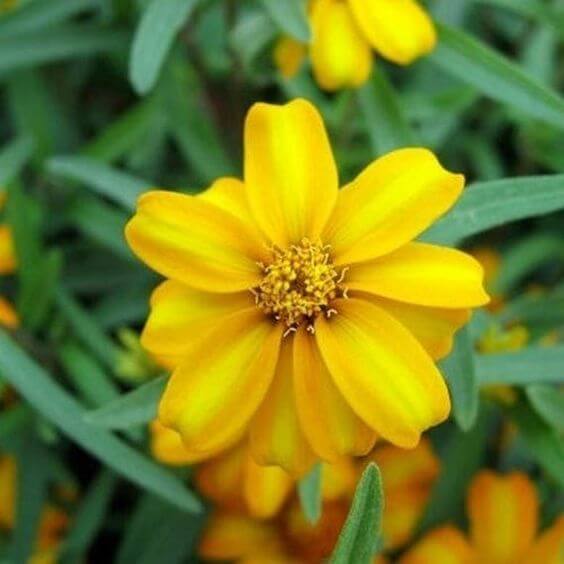Did you know that you have a couple of herbs that smell and taste like mint without their bad habits? Yes, we do. It is the mint that classifies gardeners into beginners, intermediaries, and advanced.
Let me explain to you how!
Beginners love growing mint in their gardeners as they feel this is an easy-to-grow plant with minimal maintenance. That is what is said to them by nursery owners who give away these plants for free to beginners or first-time garden growers.
However, gardeners with some experience in growing wholesome gardens know the tips and tricks behind why mint plants are given away free by nurseries or gardeners. Therefore, they try avoiding mint plants at any cost.
Let us unveil some of the yellow-flower herbs that smell and taste like mint.
1. Catnip

Catnip is one of the most widely and well-grown herbs you can typically think of. These leaves smell and taste of mint but do not have the tricky growing conditions of the actual mint plants. The flowers bloom in shades of lilac, purple, and yellow.
You can utilize the herb plants to help you with menstrual cramping and, therefore, calm stressed-out nerves for women who face terrible bloating, stomach pain, and cramping during their menstrual period.
The catnip plants attract plenty of butterflies and bees into growing gardens with its wide range of multi-hued flowers. These plants also require adequate water and sunlight to grow well.
These plants can, however, sustain drought-like conditions too. In other words, after their full bloom period, they can be sustained even with minimal watering.
2. The Lemon Balm
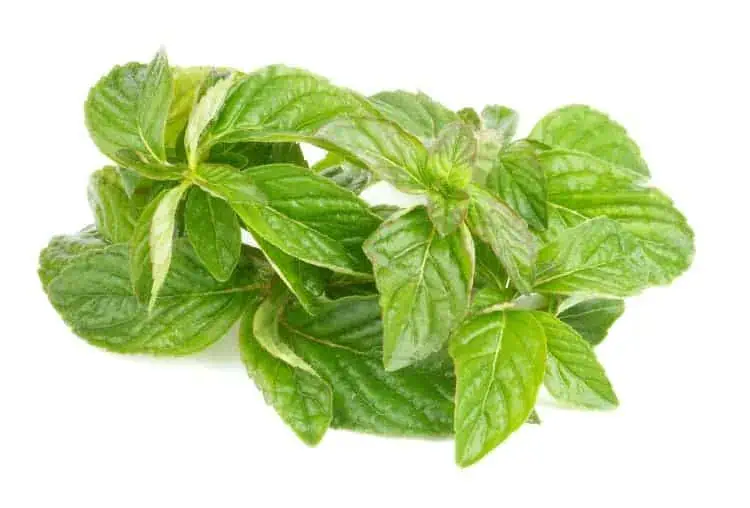
The Lemon Balm is also known as the ‘Melissa Officinalis.’ If you have a look at it, the plant looks bushy, and the leaves are attributed to the smell of peppermints and spearmints.
Although you find that this particular herb plant looks very similar to that of mint, it is the unique lemon-scened flavor that sets the plant apart from the rest of the other herb plants. For first-timers, this plant is easy to grow and maintain, too. This is a plant that requires sunlight to grow or thrive.
At the same time, you can grow Lemon Balm in partially shaded regions, too. You can also note the fact that the younger leaves have a stronger lemon smell than the mature ones. The flowers bloom in a green-yellow shade indeed.
3. Lemon Mint
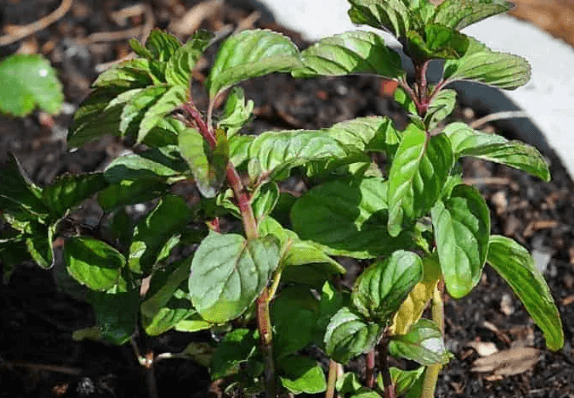
Lemon Mint is another exotic plant that grows leaves that can smell and taste like mint. With its exotic range of yellow-green flowers under its blossom, this herb plant comes to you with various medicinal and cooking benefits, too.
In fact, you can add lemon mint leaves to tea, beverages, and lemonades too.
Lemon mint leaves can also be added to desserts and cocktail drinks to add aroma and flavor. This is a plant perennial that grows vigorously and is a hot favorite among gardeners.
The plant survives itself in fairly rich, nutrient-dense soil that is wet and moist. All you need to do is fertilize the herb plant once every spring season, and you are good to go!
4. Mexican Mint
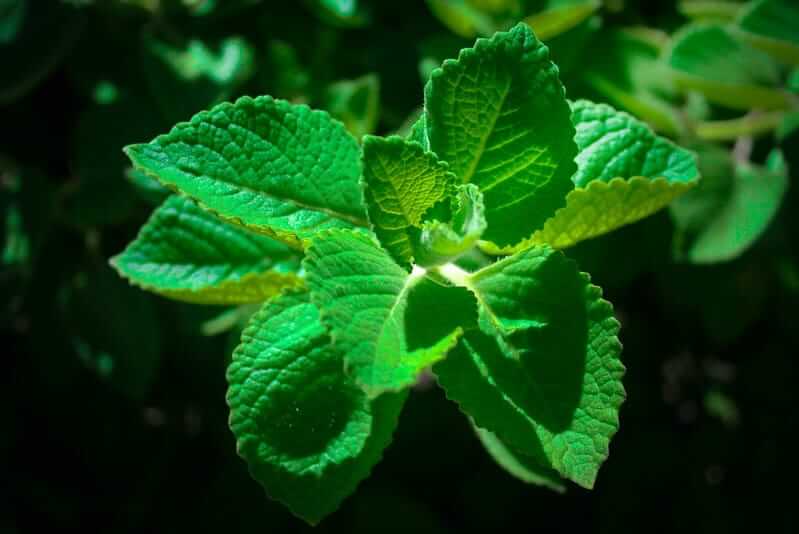
The Mexican Mint is a herb that is exotic and delightful indeed. These seeds can grow in any garden- whether it is a home-based one or an ornamental one. With its pretty bloom of flowers, this is a yellow-flower herb that can attract colorful butterflies and bees into growing gardens.
The kitchen herb has an exotic taste of tarragon, licorice-anise flavor, and the minty one. Therefore, the herbs are used in white seasoning dishes like fish or chicken. The Mexican mint leaves can also be tossed up with green salads.
Surprisingly, the Mexican Mint is also nicknamed the ‘Mexican Mint’ Marigold owing to the plant’s familiar bedding conditions of the typical Marigold.
5. Rue
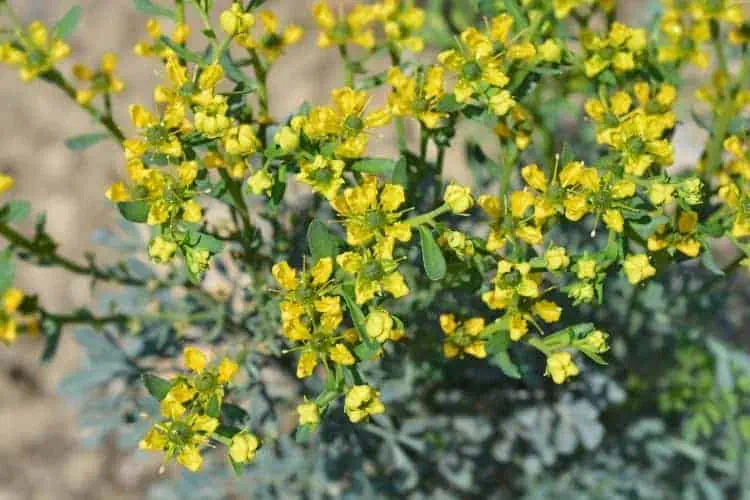
Rue is an exotic variety of herbs typically comprising leaves that smell and taste like mint. However, this is a plant that is different from the actual mint.
This is a herb plant that grows at lower levels, and the plant comprises a mix of yellow flowers infused with green leaves. The blue-green leaves that you may discover are a little fuzzy.
With a strong taste, these leaves can be infused into greens, salads, and other forms of semi-raw dishes. Hoteliers use the herb while preparing soups or cooked dishes, too. This plant herb grows at a height of 1-2 feet, and it can grow as wide as 3 feet or so.
Rue needs extensive watering during the summer months, while the plant can sustain less watering during the winter months.
Conclusion
Plants that look similar to mint and comprising of leaves that taste like mint have a versatile number of uses attributed to them. These leaves can be used for cooking dyeing or even come to you with a range of medicinal properties added.
These leaves have medicinal properties mainly because of carotenes and Vitamin C. The leaves also comprise essential oils like Menthol. As you must know, menthol is an essential oil the body uses to calm down stressed nerves.
Mint serves humans and is a vital source of food for wasps, parasites, and caterpillars. These mint-like plants are also easy to grow and maintain.
Therefore, mint and mint-like plants are good to grow among beginner gardeners.

